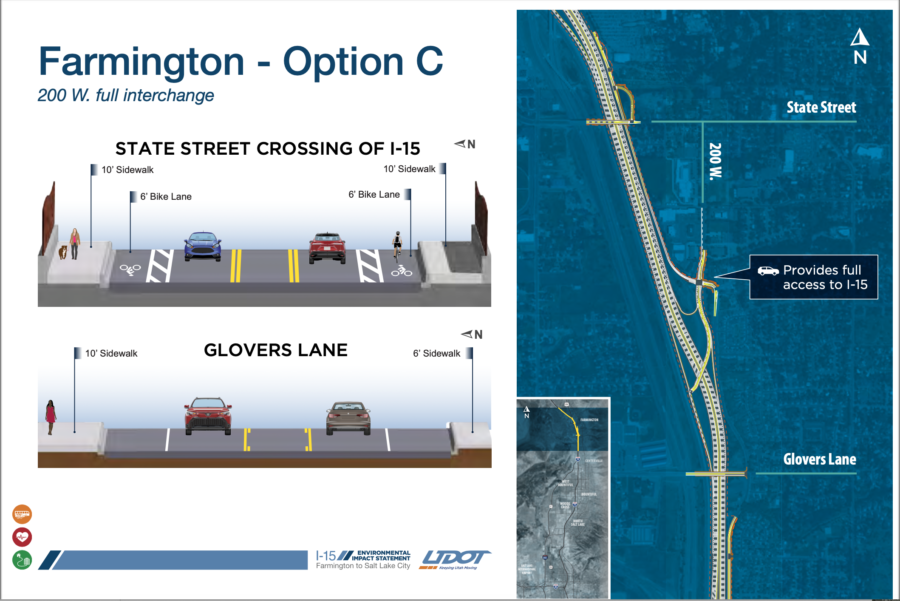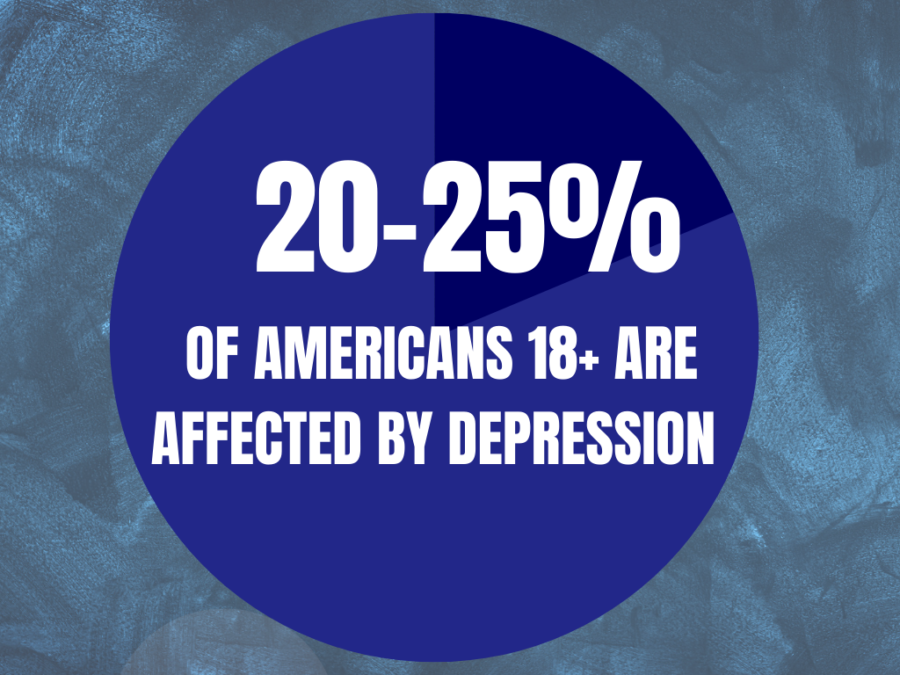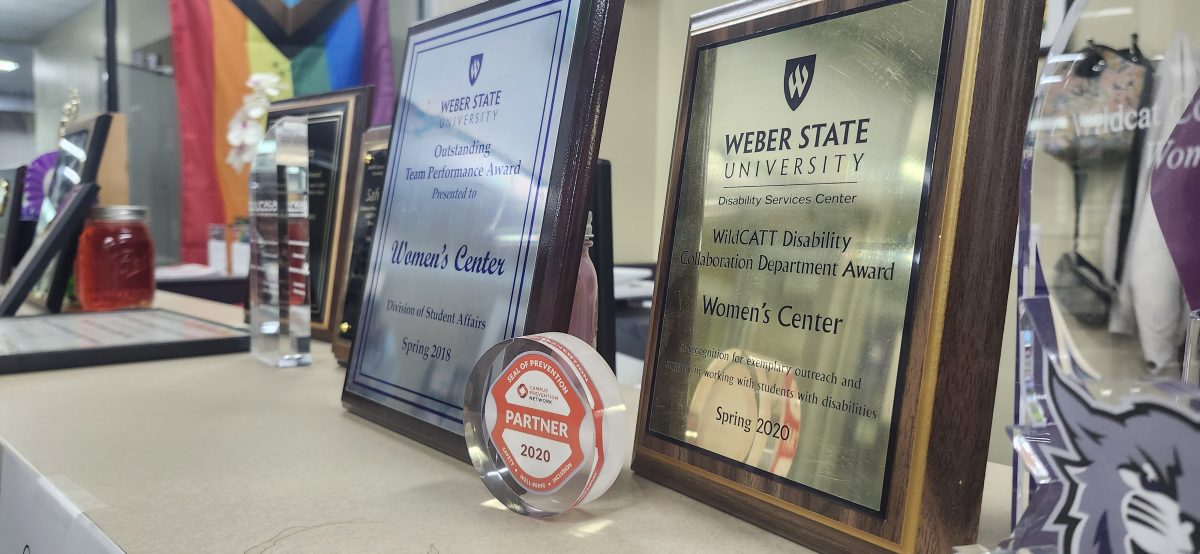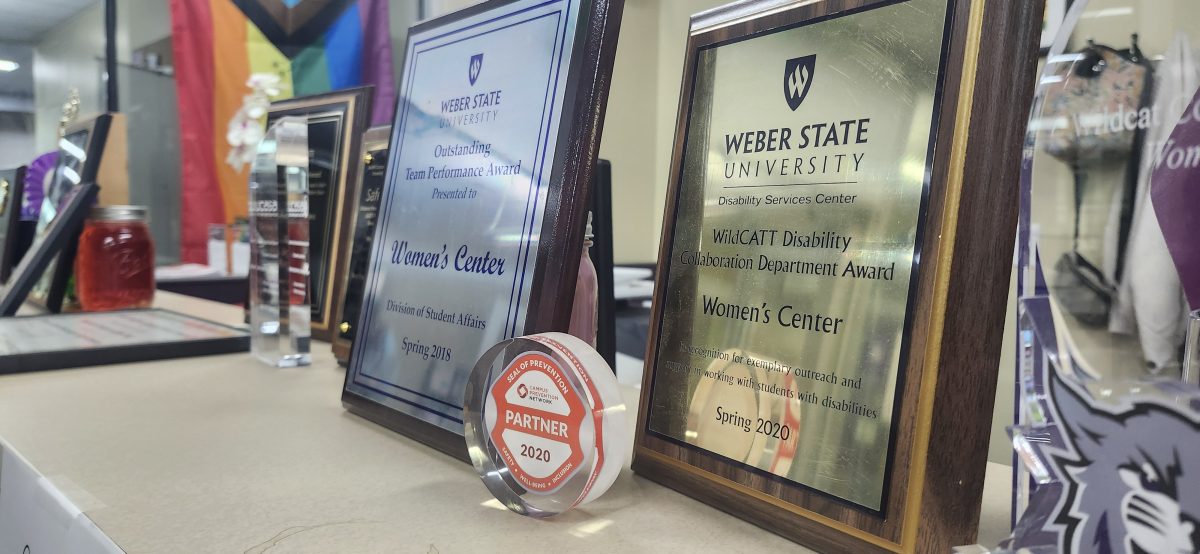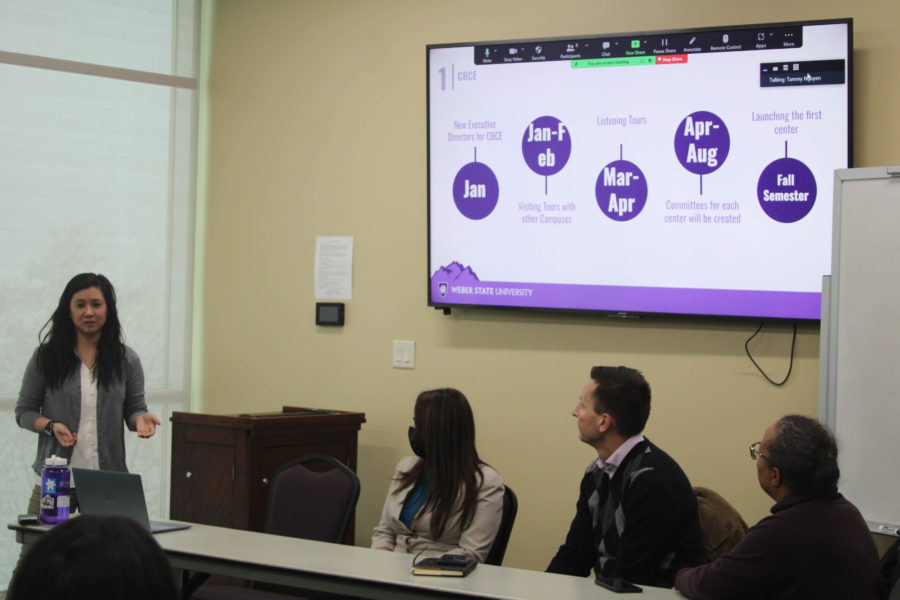
In order to apply for scholarships at Weber State University, you must first complete the Free Application for Federal Student Aid, or FAFSA. Though filling out the FAFSA is a critical step on your quest for financial aid, it can be an overwhelming process. Here are some tips and mistakes to avoid.
To complete the FAFSA, the first thing you have to do is create an account. You’ll make an FSA ID, which will be used to confirm your identity when you electronically sign your federal student aid documents. Creating a FSA ID takes about ten minutes.
If you’re using your parents’ tax information, your parent will need to create their own FSA ID in order to sign your form.
Your second step will be to begin filling out the FAFSA form. The form for 2019 has already opened, and the priority deadline is Dec. 1. That gives you one month to complete the form, and you should do it as soon as possible. WSU will run out of financial aid early, so don’t wait until the last minute.
Go to fafsa.gov to begin your application. There, you can find a guide to filling out the form. The form can be complicated, and you want to avoid making mistakes that will delay your financial aid.
When filling out your FAFSA, you’ll select the schools you want your FAFSA information sent to. If you’re considering transferring from Weber next year, be sure to list every school you’re considering, even if you haven’t applied or been accepted yet. It doesn’t hurt your application to add more schools, and if you don’t end up applying, other schools can disregard your form. You can add up to ten schools at a time.
In the dependency status section, you’ll be asked a series of specific questions to determine whether or not your form will require parent information. Even if you live on your own and file your own taxes, you could still be considered a dependent student for federal aid purposes. If you are a dependent student, you’ll need to report tax information about your parents. However, if you’re an independent student, you can skip this step.
For many students, the financial information section is the most complicated. Here, you will need to provide either your own financial information or your parents’. This step is made most simple by using the IRS Data Retrieval Tool, which imports your tax information into the FAFSA form. The tool also reduces the amount of paperwork you need to provide to your school.
Don’t get tripped up on which tax year for which you’re providing information. You’ll be applying for the 2019 school year, but you’ll use taxes from 2017.
After submitting your tax information, all that’s left to do is sign and submit the form. This is where you’ll use your FSA ID. One of the most common errors while submitting the form is for students and parents to mix up their FSA IDs. It’s extremely important for each person to create their own FSA ID.
If you have siblings, your parent can use the same FSA ID to sign the different FAFSA forms. They can also transfer their tax information easily to the other forms.
If you’re unable to create a FSA ID, you can mail in a signature page. If you go this route, know that your form will take longer to process than an electronic submission.
After you submit, it’s time to practice some patience. Once your FAFSA form is processed, you’ll get a Student Aid Report from the FAFSA office. This should happen within three days to three weeks after you submit. Look carefully over your SAR To make sure you didn’t make a mistake on your form.
Then, you’ll play the waiting game. The schools you applied to will calculate your financial need and send you an electronic aid offer, telling you how much aid you’re eligible for. The timing of the aid offer varies from school to school. Some schools might send aid offers as early as winter, while some hold offers until the summer before school starts.
Once you receive an offer, you need to understand the kind of aid that’s being offered. For example, you might be offered free money in the form of a grant, or it could be a loan that you’ll have to pay back. You could also be offered work-study, which you won’t have to pay back, but you will have to work for.
Research the kind of offer you receive so that you can make the best decision regarding your education. If you accept a loan, you should first learn the differences between federal and private loans.
Don’t hesitate to call Weber’s Financial Aid Office if you have any questions about your offers. Managing money through college can be stressful, but the Financial Aid Office is there to help navigate you through. Application deadlines are fast approaching, so what are you waiting for? Go to fafsa.gov and start your application now.




